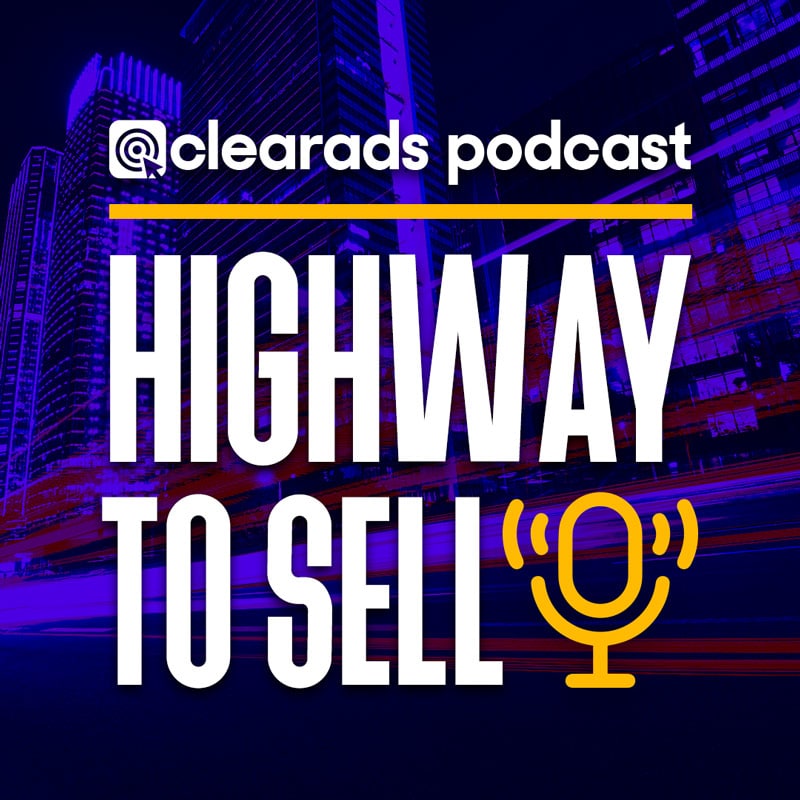Host (Tom Ware): Welcome to the Clear Ads Podcast: Highway to Sell. We’re continuing our enterprise series—today we’re exploring global expansion strategies for Amazon brands. I’m joined by Morgan Gillum, one of our star account managers at Clear Ads.
Tom: Why is global expansion such a crucial consideration for enterprise brands on Amazon?
Morgan: It’s a massive opportunity—though not for every brand or product. What wins in one country won’t always translate elsewhere. A great example of getting it right is LEGO: Danish roots, but localized sets (landmarks, cultural icons) that resonate globally. On the flip side, some products tied to local tastes or habits may struggle abroad. The key is understanding where expansion makes sense.
Tom: Expanding reduces reliance on a single market. Yes, it brings hurdles—tax, compliance, logistics, storage—but it spreads risk. If one region slows, others can carry you. It can also give a competitive edge: if you enter a market before rivals, you can establish yourself as the category leader there.
Morgan: And there’s real brand value in being seen as global. Plus, you learn a ton—new audiences, keywords, category nuances. One caution: don’t let a new region become an afterthought. It needs its own focus and KPIs. Give it the time and love to ramp properly.
Tom: Treat new regions as equals. Performance won’t match your core market on day one, but consistency compounds. We see this across the EU: UK/DE/FR are big, but Spain/Italy grow with steady investment; smaller markets like Netherlands/Poland/Sweden are newer—great upside for early movers.
Morgan: Right—those “you-bought-Bitcoin-at-$10” opportunities. It may be cheap today to rank for pivotal terms in smaller locales. As e-commerce adoption grows there, you’re the brand with history and top placements.
Tom: Watch local competition. Unknown-to-you regional players can be powerhouses with loyal customers. Do the homework.
Morgan: And avoid tone-deaf merchandising. I saw a Decathlon in the Canary Islands leading with ski gear—locals walked out. Localization matters.
Tom: Let’s hit the pain points. Regulatory compliance (especially beauty/health/hazmat), brand/IP protection and trademarks per country, Brexit-style customs realities, and currency fluctuations. Manufacturing in one country but selling across many can swing margins. Plan hedges and pricing strategy.
Morgan: Packaging expectations differ too—some markets are more sustainability-focused. Adapt materials where needed.
Tom: Localization for listings: easy(ish) US⇄UK/AU/NZ; harder for DE/FR/ES/IT. Best practices?
Morgan: Don’t rely on raw Google Translate. Use your tools stack:
-
Data Dive / Helium 10 (Magnet) to pull competitors and real keyword sets in the target language.
-
Use AI to draft listing copy from native-language keyword inputs, then have a human review for idioms/nuance.
-
Amazon can human-translate listings for free in some cases—useful, but remember it’s literal. You might still need to localize message/benefits to cultural use cases.
Tom: Amazon’s also improving keyword matching in the US—Spanish queries can trigger English targets if they’re direct equivalents. That helps bridge language gaps where relevant.
Morgan: Also, leverage tools and partners for the boring-but-critical bits: VAT/GST, EPR, customs, filings, and cross-border payments (e.g., HelloTax, PingPong, etc.). You don’t have to do it alone.
Tom: Budgeting a new market?
Morgan: Build it from data:
-
Identify the nearest competitor you’ll contend with.
-
Map the keywords you’ll need to win (Data Dive, Magnet), pull CPCs and projected click needs to rank.
-
Model spend scenarios in Sheets (clicks × CPC × expected CR) to estimate launch budgets and time-to-target.
-
Set review gates—if signals say “underbudgeted but promising,” scale; if not, cap and regroup.
Tom: Final takeaways?
Tom (Top Tip): Don’t keep all your eggs in one basket. You already diversify products—diversify markets too. Set a realistic test budget, accept the learning curve, and commit to treating new locales as first-class.
Morgan (Top Tip): Don’t be afraid to lean on competitor data in the target country. Before you launch, you can know the search terms, pricing, creatives, and category tempo. Use it to enter smart—and make life hard for incumbents.
Tom: Thanks, Morgan! If you’re considering global expansion and want a second set of eyes, head to clearadsagency.com to book a no-strings audit. Follow us on socials, and don’t forget to like & subscribe so you never miss an episode.
Tom & Morgan: Thanks for listening!
